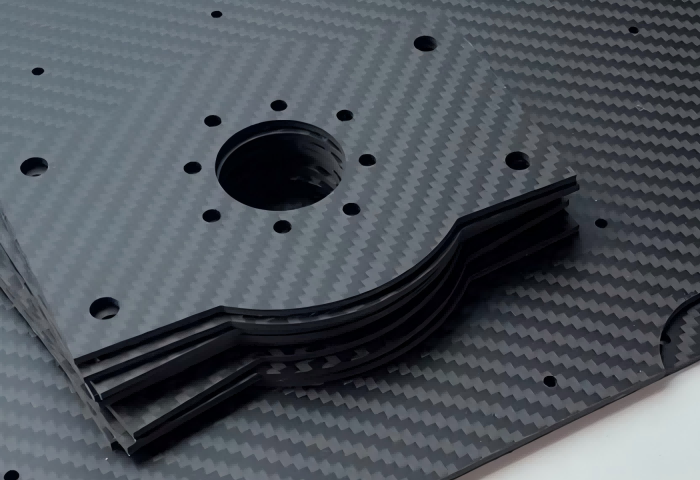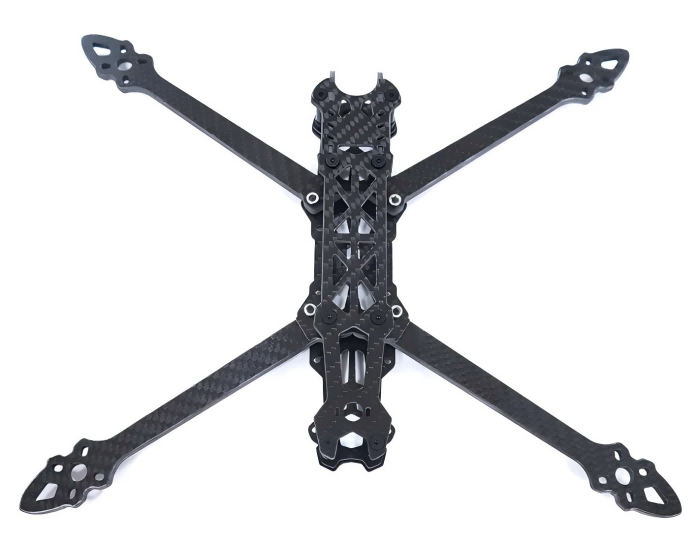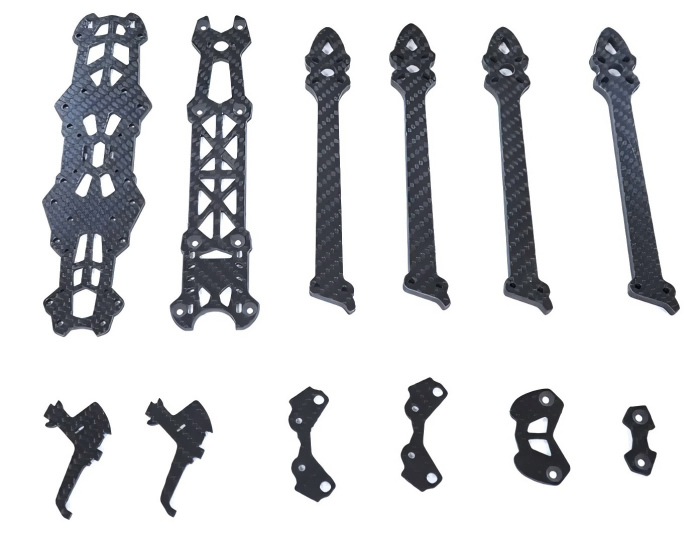UHF RFID technology is capable of reading multiple tags simultaneously, offers strong penetration, supports multiple read/write operations, and provides a large memory capacity. Passive electronic tags are low-cost, compact, easy to use, and highly reliable with long service life. These features have drawn significant attention from countries around the world.
The core technologies in UHF RFID include anti-collision algorithms, low-power chip design, UHF tag antenna design, and testing and certification. In China, the development of UHF automatic identification technology lags about 2-3 years behind global standards. Although some patented technologies have been developed, the number remains limited. Below is a brief overview of the patents related to these technologies that have been filed in China and published or authorized.
1. Anti-Collision Algorithm
1) In February 2007, Shenzhen China Communication Technology Co., Ltd. applied for Chinese invention patent CN101013465, which relates to a multi-tag anti-collision algorithm used in UHF long-range automatic identification systems. The algorithm dynamically adjusts the Q value based on the data returned by the tags during collisions. It includes steps such as setting an initial Q value between 0 and 15, sending a QUERY command, and then sending a QUERY REP command. If no collision occurs, the reading process ends; otherwise, the next Q value is determined based on the number of collisions. This dynamic adjustment improves the efficiency and completeness of multi-tag reading in UHF systems.
2) In December 2007, Fudan University filed Chinese invention patent CN101183422, which describes a random anti-collision algorithm combining Bit-Slot and ID-Slot. Tags randomly select a slot to send a 1-bit acknowledgment signal. After eliminating empty slots, the reader sends L - c0 QueryRep commands. Tags respond in their corresponding time slots, and the reader checks for collisions. This method reduces the time spent on empty slots and uses shorter QueryRep instructions instead of longer unique code confirmation commands, significantly improving multi-tag recognition speed.
3) In August 2003, Shanghai Fudan Microelectronics Co., Ltd. filed Chinese invention patent CN1591041, which introduces a method for anti-collision in HF RFID systems. The system consists of a reader and at least one transponder, with wireless communication using a specific signal format that includes both logic and time slot portions. The time slot portion allows transponders to send a one-bit acknowledgment signal through backscatter modulation. This approach solves synchronization issues in previous binary search methods and enhances anti-interference performance.
4) In December 2008, Shanghai Fudan Microelectronics Co., Ltd. applied for Chinese invention patent CN101464940, which outlines a multi-tag anti-collision algorithm. The process involves clearing, sending query commands, receiving responses, and processing data. By setting the PD and Q values, the algorithm can quickly eliminate conflicting tags, reducing the number of transponders in the reader’s range and improving recognition efficiency. This also helps minimize electromagnetic interference, further enhancing identification quality.
2. Low-Power Chip Design
1) In April 2008, Peking University Shenzhen Graduate School filed Chinese invention patent CN101281614, which details a demodulation circuit for UHF RFID chips. The circuit includes an envelope detection stage and an envelope shaping stage. The RF signal is processed through these stages to generate S and Sav signals. The envelope shaping circuit incorporates a bleeder resistor, diode, filter resistor, and capacitor. This design enables low power consumption and cost-effectiveness in UHF RFID demodulation circuits.
3. UHF Electronic Tag Antenna Design
Antenna design plays a critical role in the performance of UHF RFID tags. A well-designed antenna ensures efficient signal transmission and reception, which is essential for reliable communication between the reader and the tag. Various approaches have been explored to optimize the size, shape, and material of the antenna to enhance its performance under different environmental conditions. Innovations in this area continue to drive improvements in the overall effectiveness and reliability of UHF RFID systems.



FPV Drone TrueX Frame Overview
Mark4 V2 Mark4 7inch 295mm / 8inch 367mm / 9inch 387mm / 10inch 427mm 3K Full Carbon Fiber TrueX Frame for FPV Camera Kit Done:
Mark4 V2 Mark4 7inch 295mm / 8inch 367mm / 9inch 387mm / 10inch 427mm 3K Full Carbon Fiber TrueX Frame for FPV Camera Kit Done:



Carbon Fiber FPV Drone Frame,FPV Drone TrueX Frame,Carbon Fiber FPV Frame
Jiangsu Yunbo Intelligent Technology Co., Ltd , https://www.fmodel-ai.com